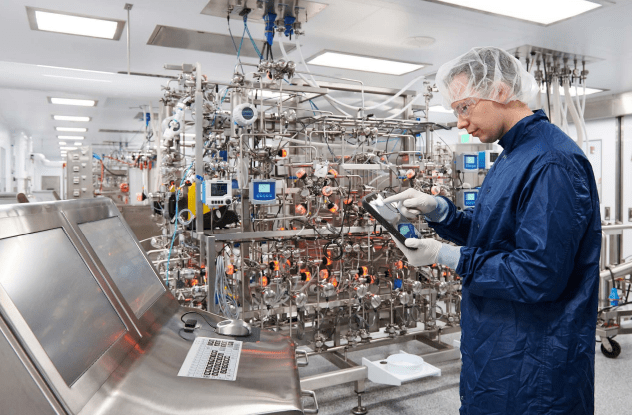Germany led exports of pharmaceuticals in 2022, totaling $125 billion, according to data from the World Trade Organization (WTO).
As a point of comparison, those German exports were $91 billion in 2019.
Its biggest export markets? The U.S., Italy, the Netherlands, Switzerland and France. Its main export products? Medicines, immunological products, vaccines, antisera, pharmaceutical preparations, wadding, gauze and bandages.
Other outstanding countries for their external sales of pharmaceutical products in 2022 were: Belgium ($105.2 billion), Switzerland ($102 billion), the United States ($87.5 billion) and Ireland ($83.4 billion).
Globally, pharmaceutical companies such as AstraZeneca PLC, GSK PLC, Roche Holding Ltd, Takeda Pharmaceutical Company Limited, Novartis AG and Sanofi S.A. operate.
According to the report «Pharmaceutical Market: global revenue 2001-2022», by Matej Mikulic and published on February 3, 2023, the global pharmaceutical market has experienced significant growth in recent years.
By 2022, the total global pharmaceutical market was estimated at US$1.48 trillion.
Exports
From Novartis’ perspective, the global pharmaceutical market is highly competitive. Novartis faces competition from other large international corporations with significant financial and other resources, as well as against smaller companies operating regionally or nationally.
Competition within the industry is intense and extends across a wide range of activities, including pricing, product features, customer service, sales and marketing, and research and development.
Like other companies selling proprietary pharmaceutical products, Novartis faces challenges from companies selling competing proprietary products.
Generic forms of its products may appear after the expiration of intellectual property protection or regulatory exclusivities, and generic companies may also enter the market by successfully challenging intellectual property rights and exclusivities.
While the pharmaceutical industry is consolidating, there are new entrants looking to use their expertise to establish or expand their presence in healthcare, including technology companies looking to benefit from the growing importance of data and data management in the industry.
The discovery and development of a new drug usually requires approximately 10 to 15 years from the initial research to bringing a drug to market.

